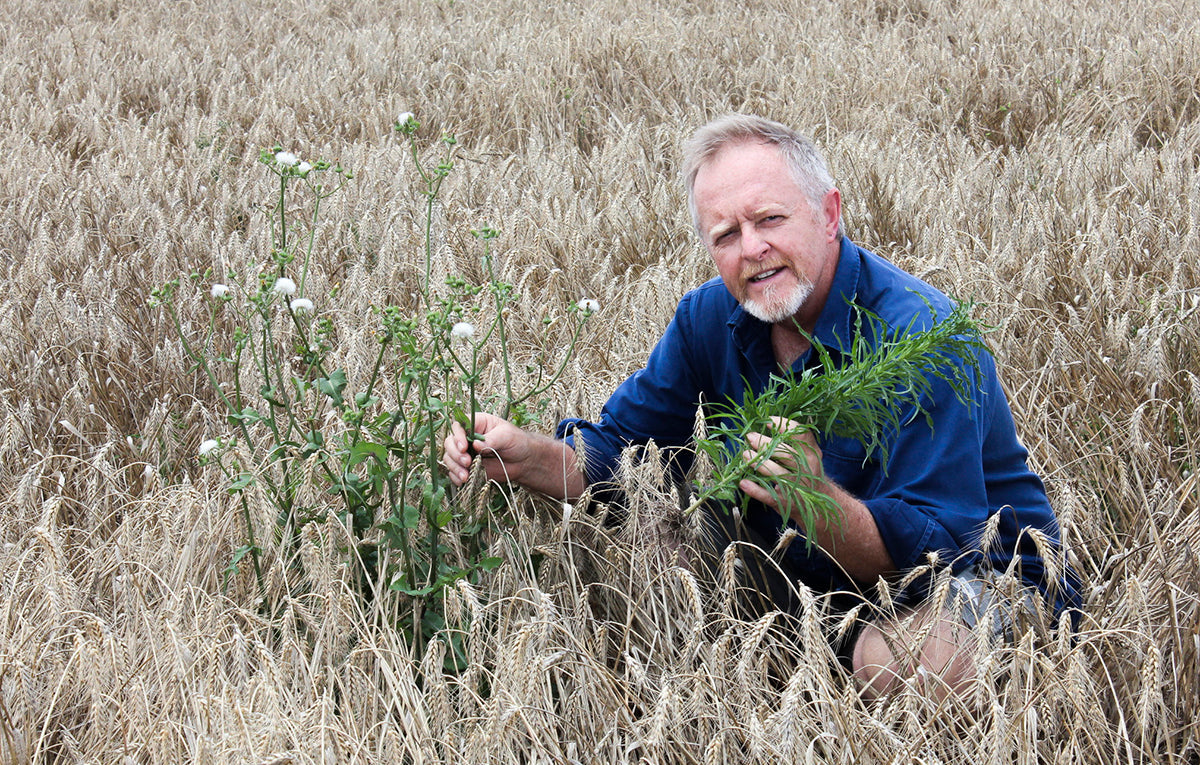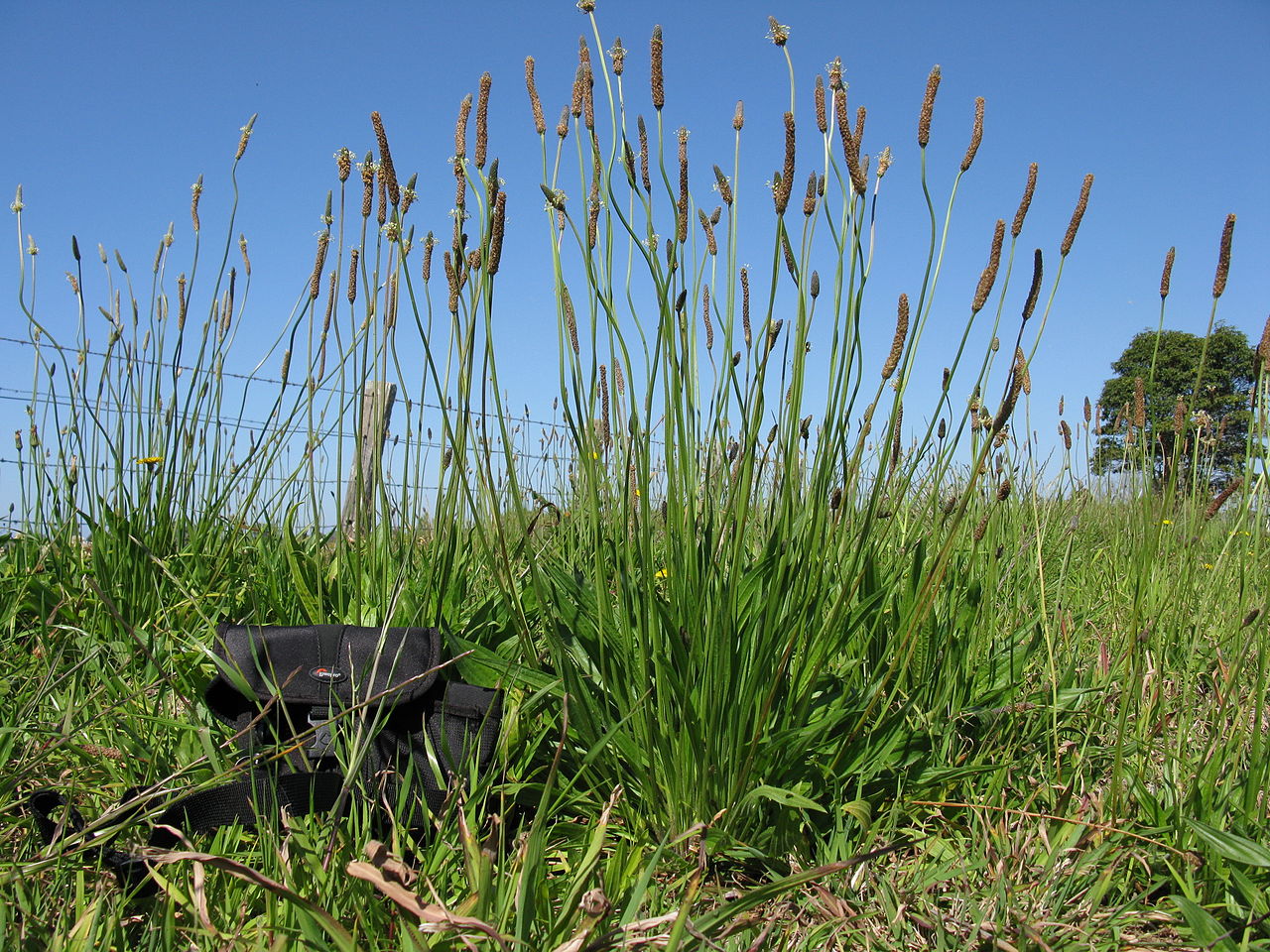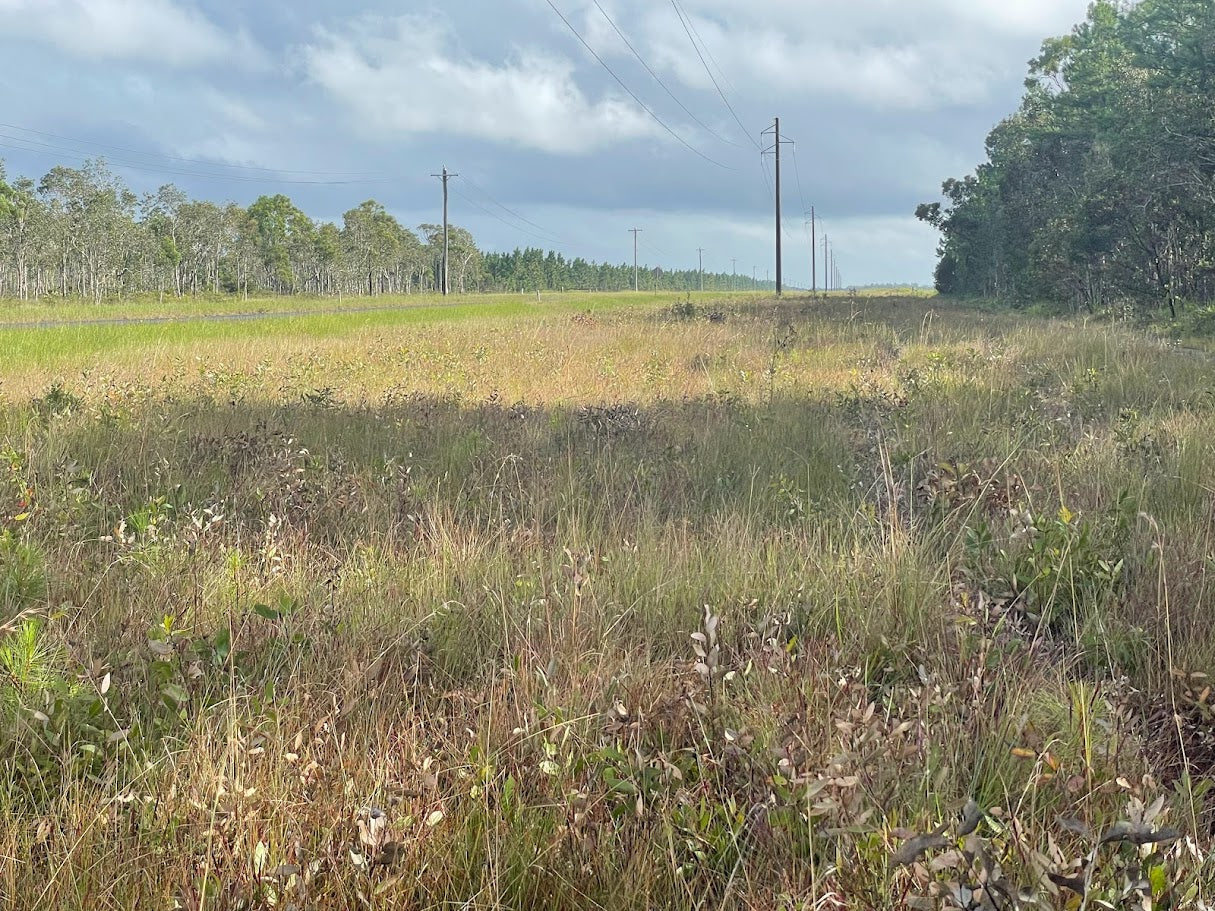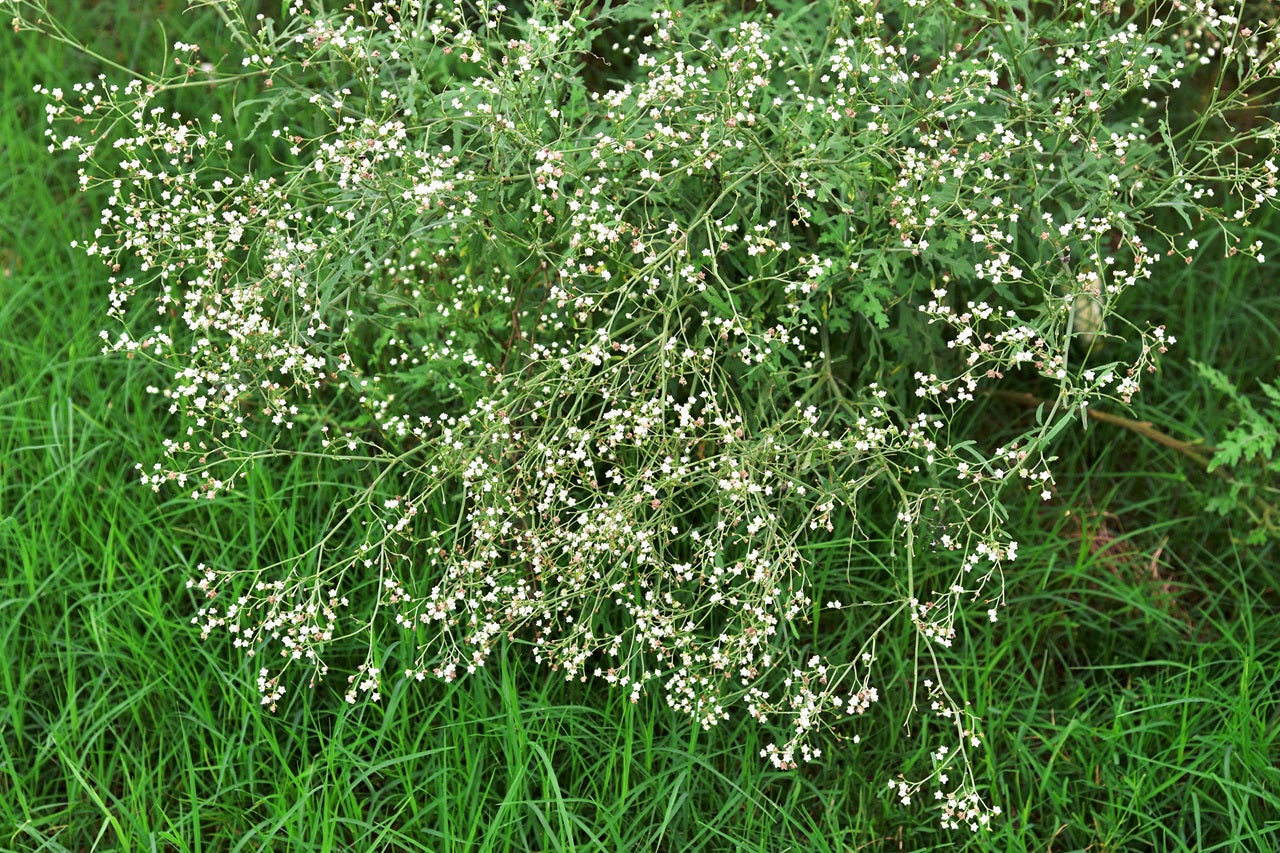
Australia's Toughest Weeds: Origins, Impacts, and Control Efforts
Australia's unique ecosystem has long been under siege from invasive weeds that threaten its biodiversity, agriculture, and natural landscapes. In this blog, we will explore some of the most challenging weeds in Australia, tracing their origins, understanding their impact, and shedding light on the extensive efforts aimed at their control and eradication.
The Arrival of Invasive Weeds
Ballast Weeds
Some of the first invasive plants arrived with European settlers in the 18th century. Ballast weeds, such as Scotch broom (Cytisus scoparius) and blackberry (Rubus fruticosus), were introduced as contaminants in the ballast soil of ships.
Intentional Introductions
Other weeds were intentionally introduced for various purposes. Lantana (Lantana camara), for example, was introduced as an ornamental plant and quickly escaped cultivation. Similarly, some species introduced for primary production have proven invasive or difficult to manage, such as gamba grass (Andropogon gayanus)
Accidental Introductions
Numerous weeds, like the infamous African lovegrass (Eragrostis curvula), arrived accidentally through contaminated seed shipments, agricultural equipment, and imported goods.

The Devastating Impact
Agricultural Disruption
Weeds like serrated tussock (Nassella trichotoma) and Paterson's curse (Echium plantagineum) compete with desirable crops and pastures, reducing yields and grazing potential.
Environmental Degradation
Invasive weeds choke native vegetation, disrupt ecosystems, and alter fire regimes. Weeds like the African olive (Olea europaea subsp. cuspidata), cats claw creeper (Dolichandra unguis-cati) and lantana (Lantana camara) pose significant threats to biodiversity.
Economic Costs
The economic costs associated with weed management, including control measures, and reduced agricultural productivity, are substantial, running into billions of dollars annually.

Control and Eradication Efforts
Biological Control
Australia has a successful history of using biological control agents, such as insects and pathogens, to manage weeds like prickly pear (Opuntia stricta) and St. John's wort (Hypericum perforatum).
Herbicide Programs
Integrated weed management programs often include herbicide applications. Glyphosate, triclopyr, and picloram are commonly used for controlling woody and herbaceous weeds.
Community Involvement
Community-based weed control initiatives engage volunteers in weed eradication efforts, such as the "Weeds Warriors" targeting invasive weeds in national parks and Landcare Australia, which supports volunteer conservation efforts across Australia.
Research and Development
Ongoing research aims to develop more effective and environmentally friendly weed control methods. This includes exploring innovative technologies like drones and remote sensing.

The Ongoing Battle
New Threats
As global trade and travel increase, the risk of introducing new invasive species remains. Vigilance and early detection are key to preventing new weed infestations.
Climate Change
Changing climatic conditions can alter weed distributions and exacerbate the challenges of managing established weeds. Adaptation strategies are essential.
Education and Awareness
Raising public awareness about the impact of weeds and the importance of responsible land management is crucial for long-term success.
Australia's battle against invasive weeds is ongoing, but with concerted efforts and innovative approaches, progress is being made in controlling and eradicating these troublesome plants.
By understanding their origins, recognising their impacts, and supporting effective control measures, Australia continues to work toward preserving its unique ecosystems and protecting its agriculture and landscapes from the threats posed by invasive weeds.
Additional content
VIEW GWS' ADDITIONAL CONTENT TO LEARN MORE ABOUT THE WEED INDUSTRY

Water pH and the Performance of Weak Acid Herbicides
Weak-acid herbicides must remain in their non-ionised (acid) form to move efficiently through the plant cuticle. When spray water is too alkaline, the herbicide molecule becomes ionised.
Read more
Towards Modern Vegetation Management: Solutions for Australia’s Linear Infrastructure
Understanding the Changing Vegetation Challenge Vegetation management across Australia’s linear infrastructure corridors is becoming increasingly complex. Roads, rail corridors, gas pipelines, elec...
Read more
Case Study: Parthenium Weed Hygiene
Introduction: The Necessity of Weed Hygiene Management Australia’s vast expanses and diverse land uses, from grazing pastures and cropping zones to natural bushland and urban corridors are u...
Read more
